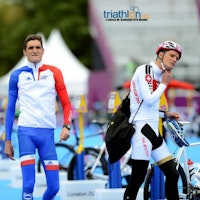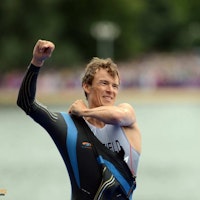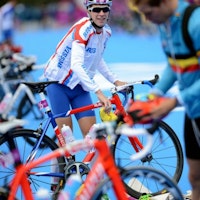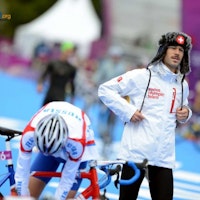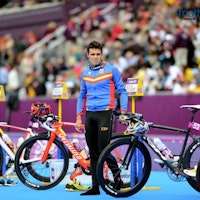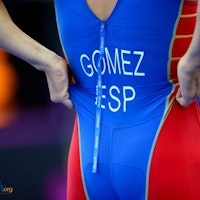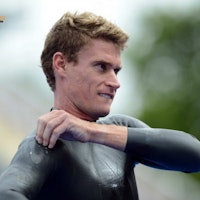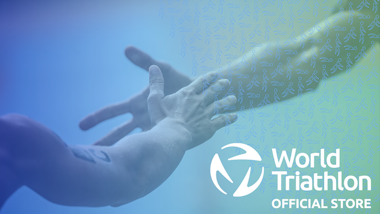The London 2012 Olympic Games course preview
30 July, 2012
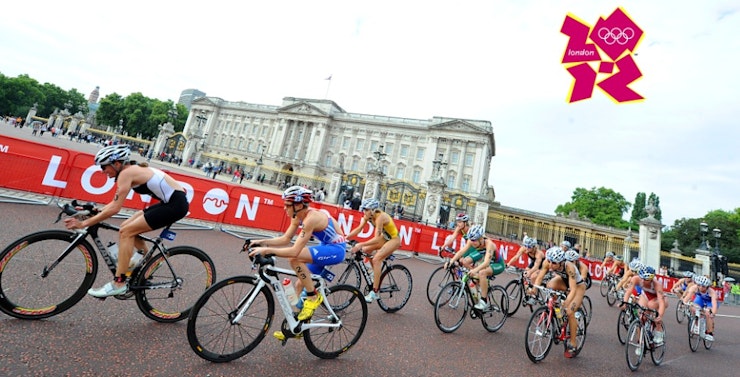
It always plays a part in deciding the podium in any triathlon race, and the course for the triathlon event at the London 2012 Olympic Games is an interesting one, with a long one-lap 1.5km swim, a technically demanding 43km bike leg and a deceptively tough 10km run. Here is an overview of the course and its pressure points.
So far, the triathlon courses at the Olympic Games have all offered something different. Sydney had a terrain that included a number of rises without any major hills, while Athens is widely regarded as one of the toughest ever courses, with a steep hill capped off with a hairpin turn at the summit. Beijing also offered a tough bike course, and added in hot weather. This year downtown London is the background for the triathlon events at the 2012 Olympic Games.


The course is flat and technically demanding but last year proved breakaways were possible, with New Zealand’s James Elvery and Alistair Brownlee rocketing off the front, and then Russia’s Alexander Bryukhankov and Spain’sIvan Rana bridging up to join them in last year’s race.
Triathlon at the London 2012 Olympic Games: At a glance
Swim - One-lap, 1.5-kilometre swim in the Serpentine, with a pontoon start on the north side of the lake.
Bike - Seven-lap, 43-kilometre cycle leg that starts with transition on Serpentine Road, then down South Carriage Drive towards Hyde Park Corner. From there the loop takes in London icons like Constitution Hill and Buckingham Palace. The course is generally flat, with no climbs, but is technically demanding and has over 100 turns.
Run - Four-lap, 10-kilometre run on a flat course, that runs along the side of the Serpentine.
At the end of the bike athletes will then come back through transition to finish the course on the 10-kilometre four-lap run, which circles the Serpentine again. The lead out is the same as the bike, but before reaching the corner of West Carriage and South Carriage Drive they will need to turn back and run down towards the southern edge of the Serpentine. The elite athletes will run along the edge of Serpentine, passing the Lido, and then run counter-clockwise around the eastern part of the Serpentine before coming back on Serpentine road. From there it’s approximately 750m straight on into the transition area.
One of the most interesting parts about the run is that while it appears flat, it actually isn’t. Plenty of athletes commented after last year’s London races that the undulating road had been a nice surprise. And none more so than Alistair Brownlee, “I was quite surprised that the run was good, it had different surfaces and corners and hills and stuff so I quite enjoyed that,” he said. It’s still very fast, last year five men ran under 30 minutes for the 10km and three women beat the 34 minute mark.
The final finishing straight where the 2012 Olympic Gold medallists for triathlon will be crowned is in front of the grandstands on the western edge of Serpentine Road. Overall the course is designed with fans in mind, as athletes will pass through the finish area a total of 12 times.
Triathlon will also be one of the only Olympic sports with free viewing points, available along all segments of the race. For more on how to travel to the venue and where to watch, visit the London 2012 website here

tags
richard varga olympics lucy hall london 2012 laura bennett course alistair brownlee
event website
London 2012 Olympic Games
Related articles
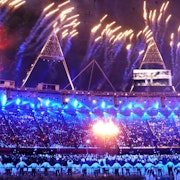
The London 2012 Olympic Games have officially opened after a spectacular show at Olympic Stadium. A number of triathletes…
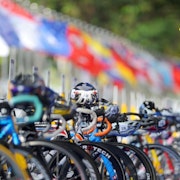
With the London 2012 Opening Ceremony exactly two weeks away, ITU is pleased to reveal the official triathlon start lists for…
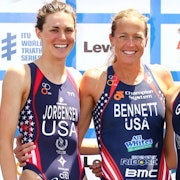
With less than three weeks until the Olympic Games kick off in London, the 2012 U.S. Olympic Triathlon Team has officially…
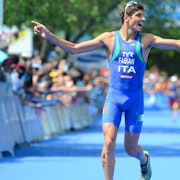
The Italian Olympic Committee has confirmed the Italian team for the triathlon competitions at London 2012, naming Alessandro…
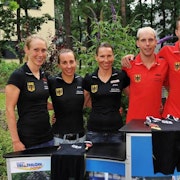
The German Olympic triathlon team has officially been announced, highlighted by reigning Olympic men's champion Jan Frodeno…
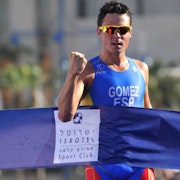
Spain was one of a handful of nations to qualify the maximum six triathletes for the London 2012. Double world champion…
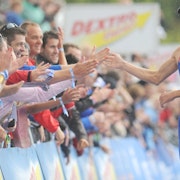
Russia has confirmed a formidable men's team for London 2012, highlighted by Alexander Bryukhankov and Dmitry Polyanskiy. …
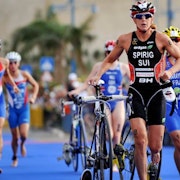
Swiss Triathlon has announced the four triathletes that will represent Switzerland at the London 2012 Olympic Games. The team…
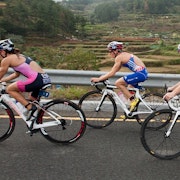
France confirmed the six triathletes that will represent them the London 2012 Olympic Games. The talented group includes…
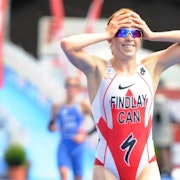
Double Olympic medallist Simon Whitfield will head to his 4th Olympic Games as Triathlon Canada unveiled the five athletes…
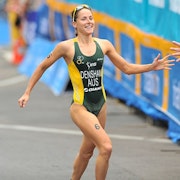
Triathlon Australia has named the three female triathletes that will join Brad Kahlefeldt, Courtney Atkinson and Brendan…
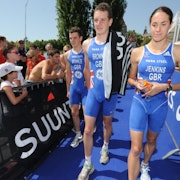
The British Olympic Association officially announced the six athletes that will represent the home team in the triathlon…

ITU's 2-year Olympic qualification period ended last week with a record 39 National Olympic Committees qualifying spots at…
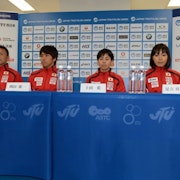
The Japan Triathlon Union (JTU) has announced that Juri Ide, Ai Ueda, Mariko Adachi, Yuichi Hosoda and Hirokatsu Tayama have…
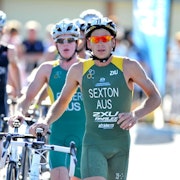
The Australian Olympic Committee has announced Courtney Atkinson and Brendan Sexton will join Brad Kahlefeldt on the…
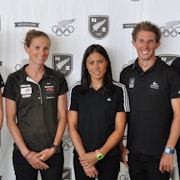
Andrea Hewitt, Bevan Docherty and Kris Gemmell headline New Zealand's London 2012 Olympic team that was announced by…


